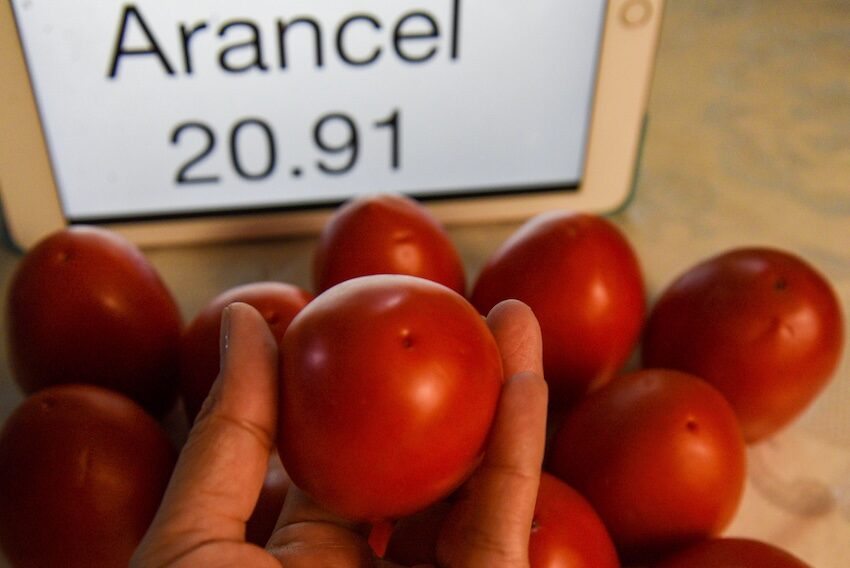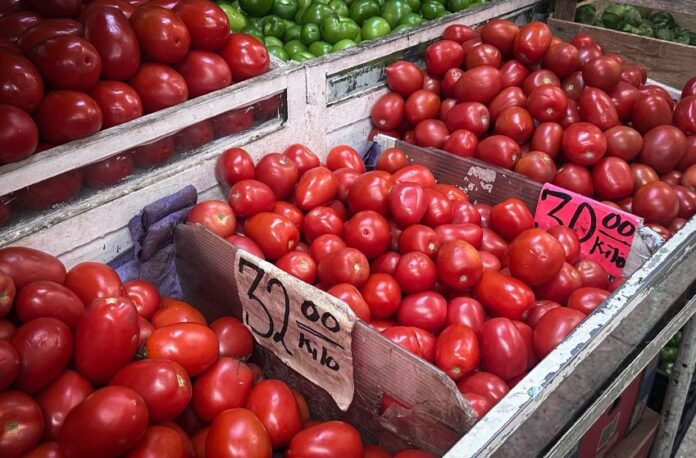A 17% tariff on most fresh tomato imports from Mexico to the United States was expected to go into effect on Monday as the decades-old Tomato Suspension Agreement (TSA) comes to an end.
The TSA had allowed Mexican producers to export tomatoes to the U.S. without paying antidumping duties. Dumping is the practice of selling cheap exports into a foreign market to undercut homegrown products.

Mexican tomato exporters had previously agreed to set minimum prices to maintain the deal. However, the U.S. Department of Commerce decided not to revive the agreement during an April meeting with the Department of Agriculture.
“With the termination of this agreement, Commerce will institute an antidumping duty order on July 14, 2025, resulting in duties of 20.91% on most imports of tomatoes from Mexico,” Commerce said in an April 14 press release.
“The current agreement has failed to protect U.S. tomato growers from unfairly priced Mexican imports,” the press release reads.
Though slightly below the originally proposed tariff of 21%, the 17% tax is expected to have an immediate effect on consumer prices and consumption in the U.S., as well as on Mexican exports and jobs in the sector.
As of May 2025, field-grown tomatoes cost U.S. consumers around US $3.75 per kilogram, according to the U.S. Bureau of Labor Statistics.
Consumer prices are expected to increase by around 10% and demand could fall by 5% owing to the new tariff, Arizona State University professor Timothy Richards told CNN.
In the Mexican border state of Sinaloa, between 200,000 and 400,000 laborers work on tomato fields, according to the state government.
While Mexico enjoys year-round crops, tomato-producing regions in the U.S. are seasonal, with Florida growing tomatoes between October and June, and California from May to November.
The revived tariff’s impact on Mexico
“Mexico represents 61% of the total U.S. fresh tomato supply, almost double the domestic production capacity (…) it would require between 16,996 and 101,171 additional hectares of production to compensate for the lack of Mexican tomatoes,” American Action Forum trade policy analyst Jacob Jensen was reported saying by the newspaper Milenio.
The U.S. is Mexico’s top tomato export market, with a 93% share, representing an annual value of over US $2 billion.
“They can’t replace us because there aren’t many other countries that produce this quantity of excellent tomatoes at a very reasonable price,” Agriculture Minister Julio Berdegué said in April.
Some companies, such as Heinz, which uses only domestically produced tomatoes for its ketchup products sold in the U.S., will avoid the tariff.
Nevertheless, several sectoral experts, such as María Antonieta Barrón, an agribusiness specialist, believe the tariff will increase the price of Mexican products and reduce their competitiveness in the U.S. market.
With reports from Animal Politico, Milenio and CNN
Editor’s note: The article previously listed the new tariff on tomatoes to be 20.91%, based on information available at the time of publishing. The article has been updated to indicate that the new tariff rate is 17%, as confirmed by U.S. officials on July 14.
